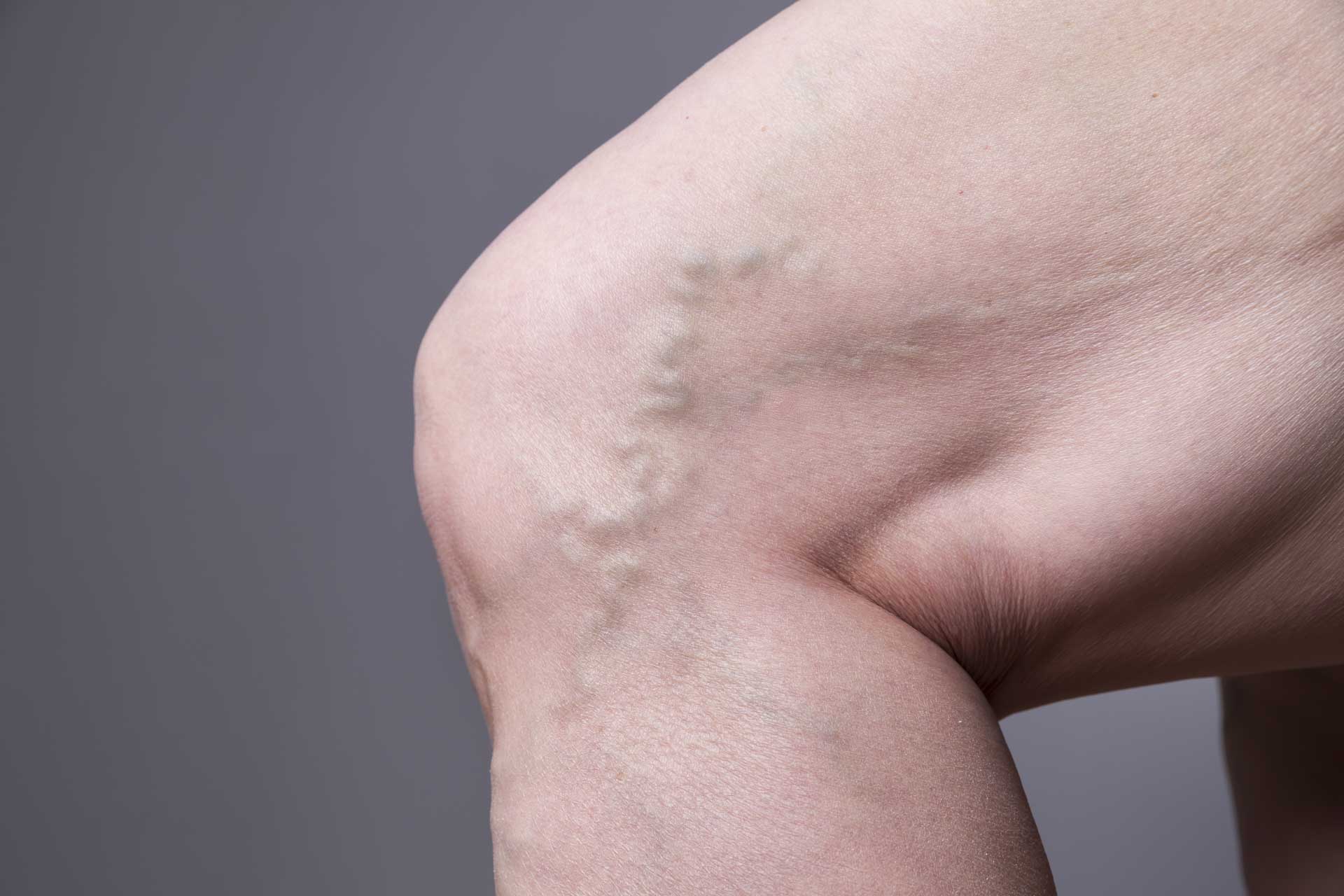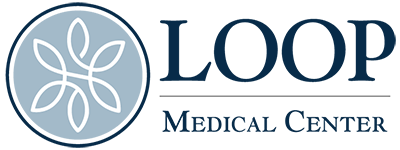
Navigating the Path to Relief: How to Treat Varicose Veins
Varicose veins, those enlarged and twisted veins often seen on the legs, can be more than just a cosmetic concern. They may cause discomfort, pain, and even complications if left untreated. In this blog post, we’ll explore various methods and lifestyle changes that can help individuals manage and treat varicose veins, promoting both physical and aesthetic relief.
Understanding Varicose Veins
Varicose veins develop when the valves in the veins weaken or fail, leading to poor blood circulation. This condition is more common in the legs due to the increased pressure on the lower extremities. Factors such as genetics, age, pregnancy, and prolonged periods of standing or sitting contribute to the development of varicose veins.
Methods for Treating Varicose Veins:
- Compression Therapy: Compression stockings are a widely used conservative treatment for varicose veins. These specially designed stockings apply pressure to the legs, helping to improve blood flow and reduce swelling. They are available in various compression levels and can be purchased over-the-counter or prescribed by a healthcare professional.
- Lifestyle Modifications: Simple changes in daily habits can significantly contribute to managing varicose veins. Elevating the legs when resting, avoiding prolonged periods of sitting or standing, and incorporating regular exercise into the routine can promote better circulation and alleviate symptoms.
- Sclerotherapy: Sclerotherapy, as discussed earlier, is a minimally invasive procedure commonly used for treating varicose veins. A solution is injected into the affected vein, causing it to collapse and gradually fade. This procedure is performed in a medical office and typically requires little downtime.
- Endovenous Laser Treatment (EVLT): EVLT is a minimally invasive laser procedure used to treat larger varicose veins. A laser fiber is inserted into the vein, delivering targeted energy that seals the vein shut. This results in improved blood flow and reduced symptoms.
- Surgical Interventions: In more severe cases, surgical options such as vein ligation and stripping or ambulatory phlebectomy may be considered. These procedures involve removing or tying off the affected vein to redirect blood flow.
- Radiofrequency Ablation: Similar to EVLT, radiofrequency ablation uses heat to close off the varicose vein. This minimally invasive technique is performed in a medical office setting and has shown positive results in reducing symptoms.
Successfully treating varicose veins often involves a combination of lifestyle modifications and medical interventions. It’s essential to consult with a healthcare professional to determine the most suitable treatment plan based on the severity of the condition and individual health factors. With the right approach, individuals can find relief from the discomfort and achieve healthier, more comfortable legs.
Book a consultation and find the right treatment for you.
